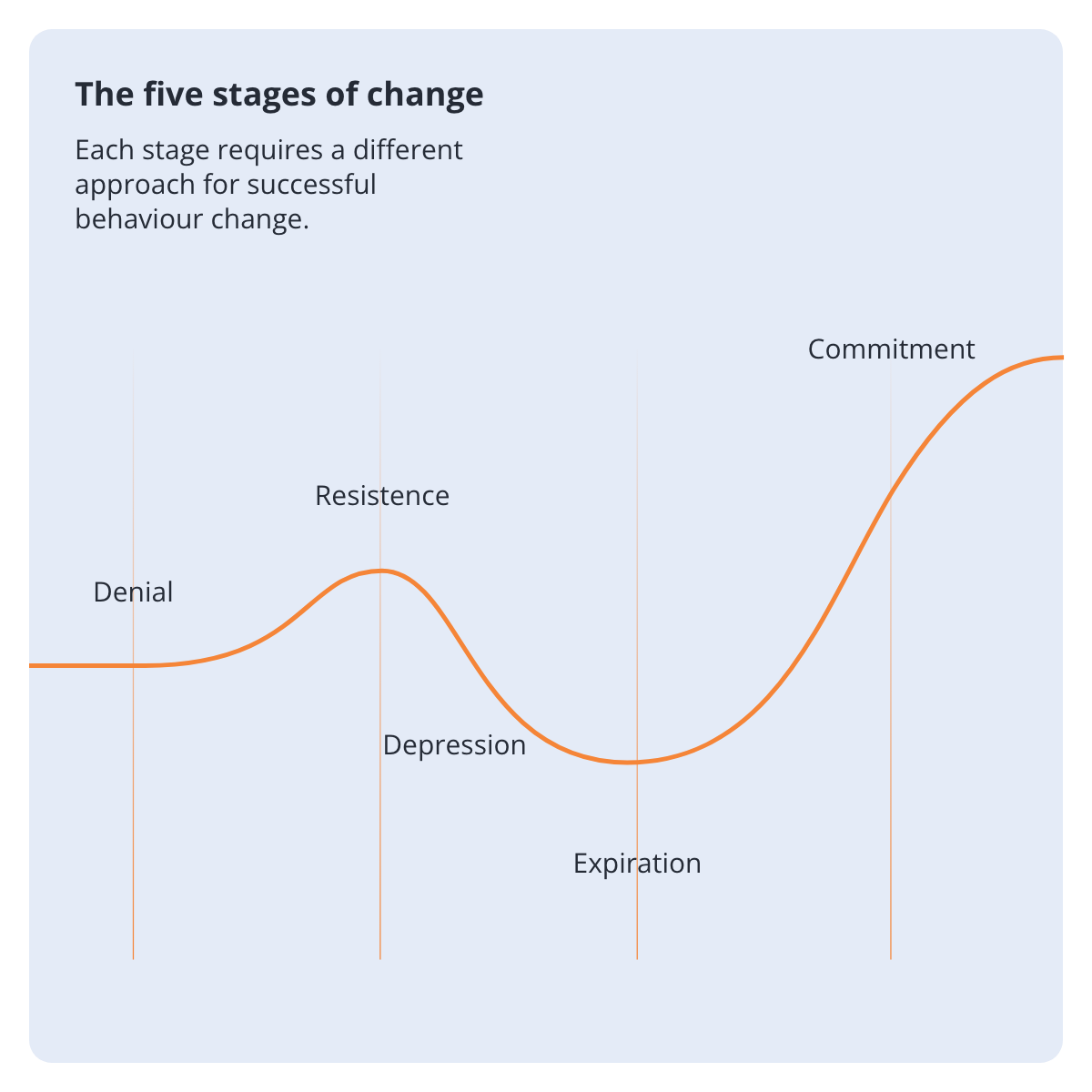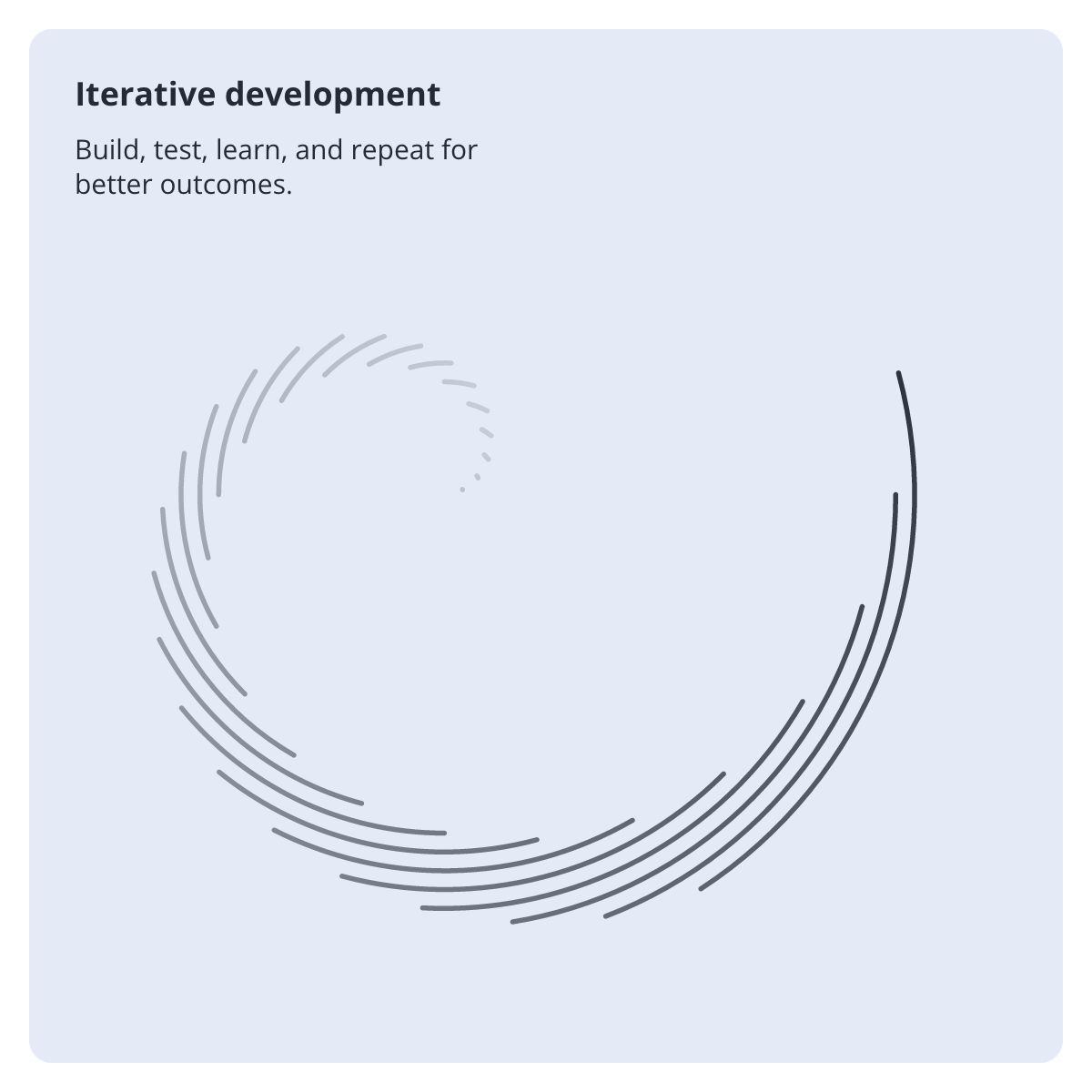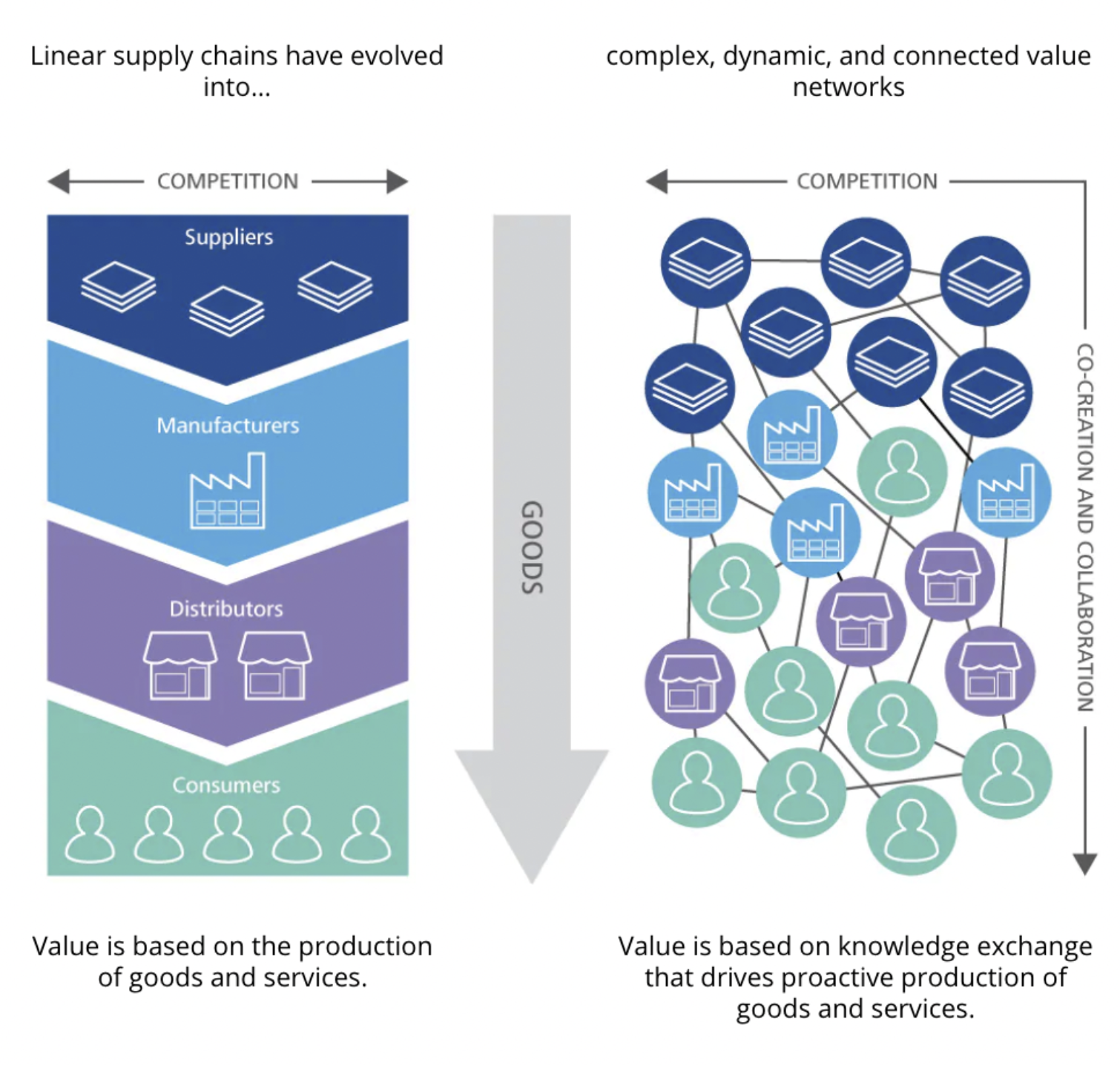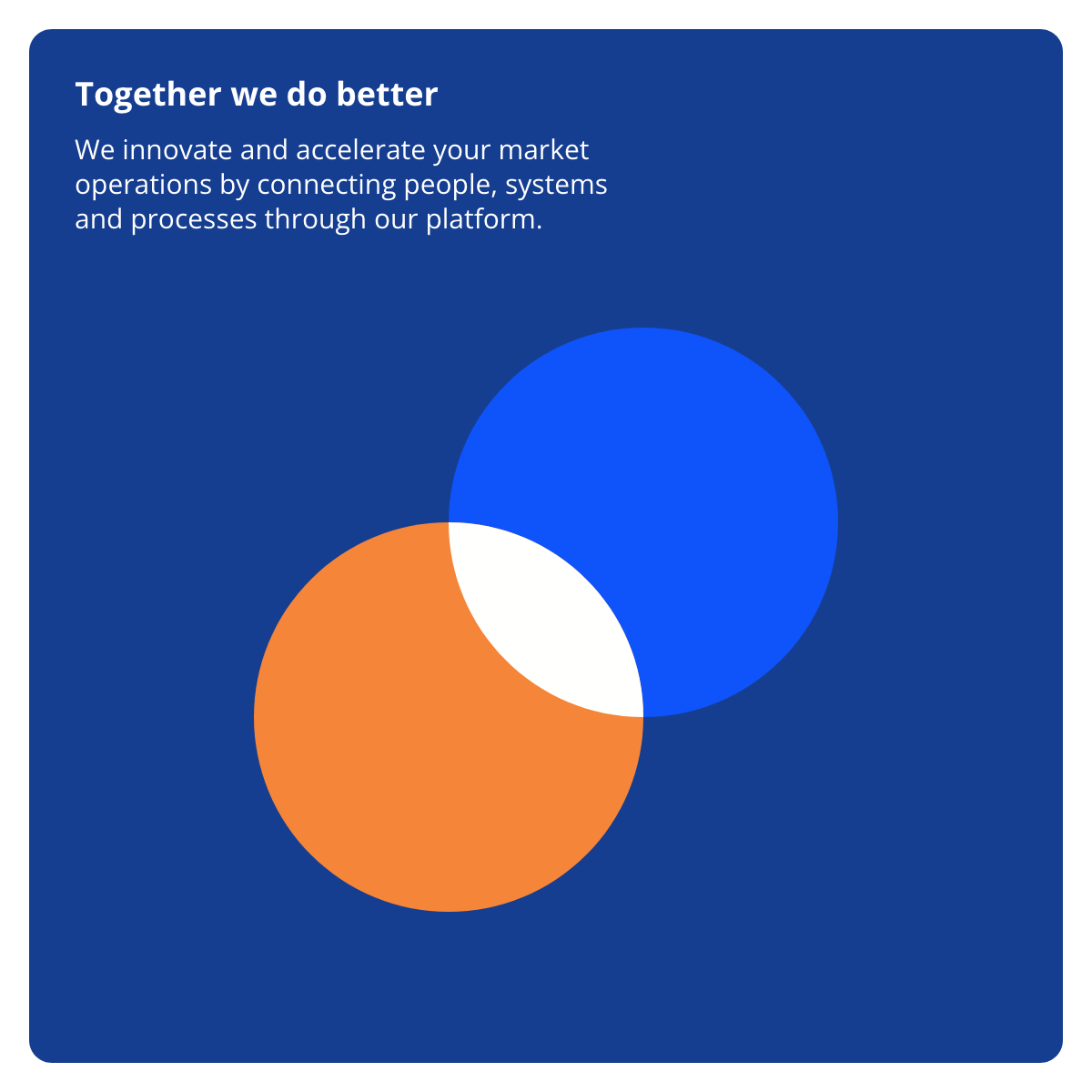What is our strategic answer to a continuous increase in complexity?
Just add Encodify

Want to know more about digital transformation?
How do you define ‘digtal transformation’?
Digital transformation refers to the integration of digital technology into all areas of a business, resulting in fundamental changes to how the business operates and delivers value to customers. It is a process of using digital technologies to fundamentally change how an organization functions, delivers value to customers, and operates in the market. Digital transformation can involve a range of activities, including:
Automating business processes: Using technology to automate manual processes, such as invoicing or data entry.
Improving customer experience: Using digital tools to enhance the customer experience, such as through the use of personalized recommendations or online self-service portals.
Enhancing data analytics: Using data and analytics to make better-informed business decisions.
Streamlining communication and collaboration: Using digital tools to improve communication and collaboration within an organization.
Introducing new products or services: Using digital technologies to create new products or services that were not previously possible.
Overall, digital transformation involves using technology to fundamentally change how an organization operates and delivers value to customers. It is not just about implementing new technologies, but about fundamentally rethinking and reshaping how an organization does business.
What are the benefits of no-code software?
No-code software is a type of software that allows to create, customize, and deploy applications without having to write code. Some benefits of no-code software include:
Increased accessibility: No-code software allows us to configure and adapt our best practice solutions to your needs very fast, as it does not require programming skills.
Faster innovation: With no-code software, we can build and deploy applications much faster than if they had to write code from scratch.
Greater flexibility: Our no-code software comes with a range of pre-built templates and integrations, making it easy to customize and adapt applications to fit specific needs.
Cost-effectiveness: Because no-code software allows us to build custom applications without having to involve our developers, it can be a more cost-effective solution for organizations.
Easy maintenance: No-code software comes with user-friendly interfaces and visual design tools, making it easier for non-technical users to make updates and changes to applications.
What are the benefits of implementing best practice solutions?
Best practices are proven, effective ways of doing things that have been developed through experience, research, and testing. Implementing best practice solutions can bring a range of benefits, including:
Improved efficiency: Best practice solutions are designed to be as efficient as possible, which can help an organization save time and reduce the number of resources required to complete a task.
Increased effectiveness: Best practice solutions are based on proven methods and techniques, which can help an organization achieve better results and outcomes.
Greater consistency: By following best practices, an organization can ensure that tasks are completed in a consistent manner, which can help to reduce errors and improve quality.
Better decision making: Best practice solutions often provide organizations with clear guidance on how to approach a task or problem, which can help to inform decision making.
Enhanced reputation: By demonstrating a commitment to best practice solutions, an organization can enhance its reputation and credibility within its industry.
Cost savings: Best practice solutions can help organizations to reduce costs by streamlining processes and increasing efficiency.
Is the pace of change increasing?
The pace of change in many industries has been increasing in recent years due to a range of factors, including technological advancements, shifts in consumer behavior, and global economic trends. These changes can bring both opportunities and challenges for organizations.
One of the main drivers of the increasing pace of change is the rapid advancement of technology. New technologies are constantly emerging, and organizations must adapt to these changes in order to stay competitive. For example, the widespread adoption of the internet and mobile devices has transformed the way that businesses operate and interact with customers.
In addition to technological changes, shifts in consumer behavior and preferences can also contribute to the increasing pace of change. For example, the rise of e-commerce and the increasing popularity of social media have changed the way that businesses market and sell their products.
Overall, the pace of change is likely to continue to increase in the coming years as new technologies and trends emerge. It is important for organizations to be agile and adaptable in order to stay competitive in this constantly changing environment.





